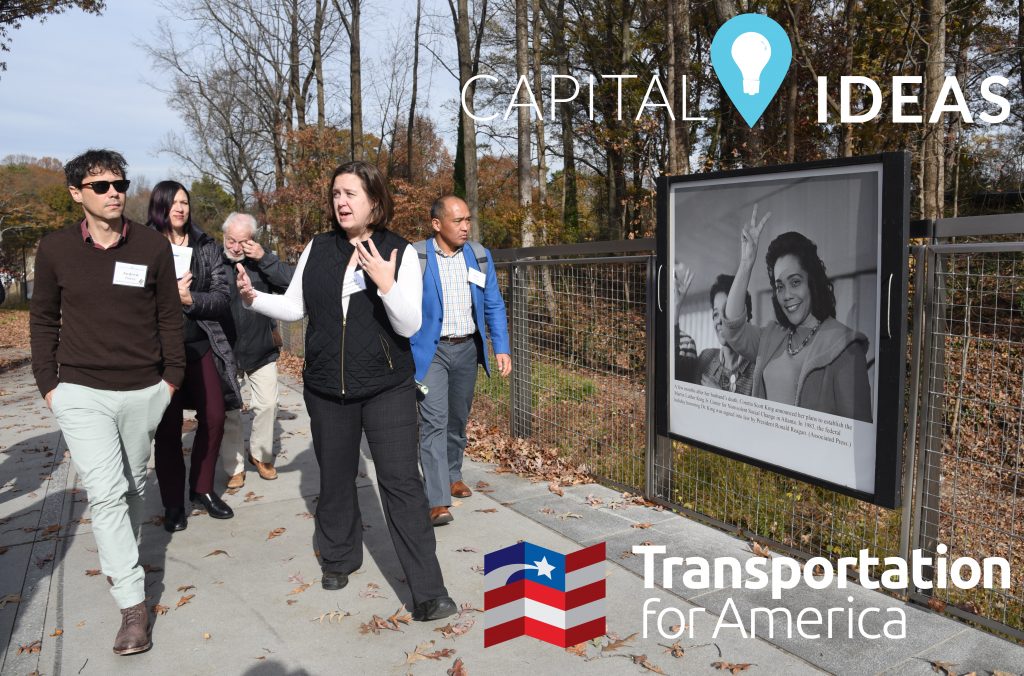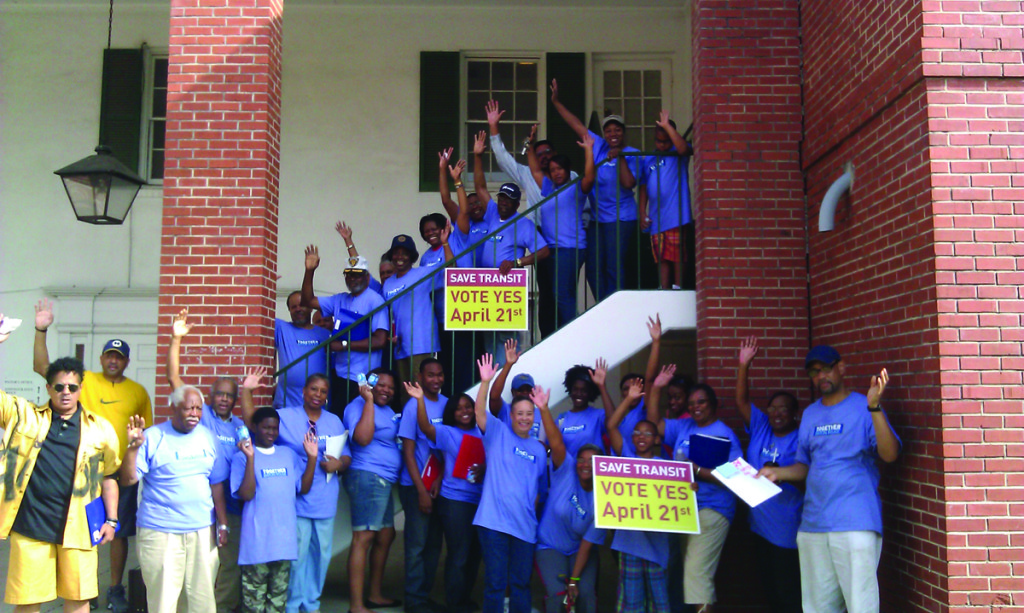
Important state and local transportation measures will be decided at the ballot this year

This November a handful of measures will be decided at ballot boxes across the country to raise (or reduce in one case) new revenue for transportation at the local or state level. It’s not quite a new phenomenon — local communities have often gone to voters to raise additional money for transportation investments — but it’s grown in importance the last few years as federal transportation funding has been facing an increasingly uncertain future.
We will be keeping a close eye on a number of important races, including some that we’ve been following for some time.
 In Pinellas County, Florida (St. Petersburg), voters will be deciding a question to raise the sales tax to build a light-rail system and put more buses on the road. According to the St. Pete Tribune, $30 million in property taxes that fund the transit agency would be replaced by an estimated $130 million a year from a one-cent sales tax hike. The new revenue would pay for the Greenlight Pinellas plan, which includes a 65 percent increase in bus service (including development of dedicated lanes for bus rapid transit) and development of new light rail. Supporters have brought together an impressive coalition, including vocal members of the business community. Michael Kalt, a senior vice president with the Tampa Bay Rays, told Greenlight that, “Transit is really the linchpin to economic success and improving the quality of life in any major metropolitan area.”
In Pinellas County, Florida (St. Petersburg), voters will be deciding a question to raise the sales tax to build a light-rail system and put more buses on the road. According to the St. Pete Tribune, $30 million in property taxes that fund the transit agency would be replaced by an estimated $130 million a year from a one-cent sales tax hike. The new revenue would pay for the Greenlight Pinellas plan, which includes a 65 percent increase in bus service (including development of dedicated lanes for bus rapid transit) and development of new light rail. Supporters have brought together an impressive coalition, including vocal members of the business community. Michael Kalt, a senior vice president with the Tampa Bay Rays, told Greenlight that, “Transit is really the linchpin to economic success and improving the quality of life in any major metropolitan area.”
Just four years after their bus service was completely canceled, Clayton County, Georgia, one of metro Atlanta’s core counties, will go to the ballot to vote on approving a penny sales tax to restore local transit operations and join the regional MARTA system — something voters, local leaders and citizens alike strongly support. When Clayton County lost their bus service, they lost something that employers — especially those at mammoth Atlanta Hartsfield-Jackson Airport — depended on to get employees to work every day. There are thousands of airport-related jobs at the edge of Clayton County, and a good transit connection was a boost for residents and businesses desiring access to that economic magnet. This vote was made possible when the Georgia general assembly passed a measure to enable the local voters to raise that revenue; something known as “enabling legislation.” (Something we’ll be going into detail on with the agenda for Capital Ideas! -Ed.)
The Massachusetts legislature passed an ambitious plan in 2013 to raise the gas tax three cents and index it to inflation and requiring the state’s transportation agencies to raise more money from tolls, fees, fares, and others. Though all but one of the legislators who voted for the bill won their primaries earlier this year, opponents succeeded in getting a measure added to this November’s ballot to reverse the plan to index the gas tax to inflation (keeping the 3-cent increase, however.) In response, a broad coalition has been organized to urge MA voters to vote against Question 1 on the ballot to avoid cutting vital transportation funding that would help the state keep up with one of the oldest transportation systems in the country.
One consistent thread in these state and local stories is that the folks on the ground in these towns, cities, and metro areas know how important transportation is to their economic success. And keeping those local economies humming is key to our national economic prosperity.
Shortly after these important elections in November, the focus will turn to 2015 and what can be done to raise more money for transportation at the state level. Which is one reason why we’re convening a special conference called Capital Ideas on November 13th and 14th in Denver to bring those people making 2015 plans together with experts and veterans of successful plans to raise revenue at the state level.
Whether you are just beginning a funding campaign, working to overcome a legislative impasse, or defending a key legislative win, Capital Ideas will offer a detailed, interactive curriculum of best practices, campaign tactics, innovative policies, and peer-to-peer collaboration to help your initiative succeed. (Find out more about that here.)



